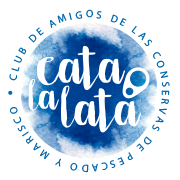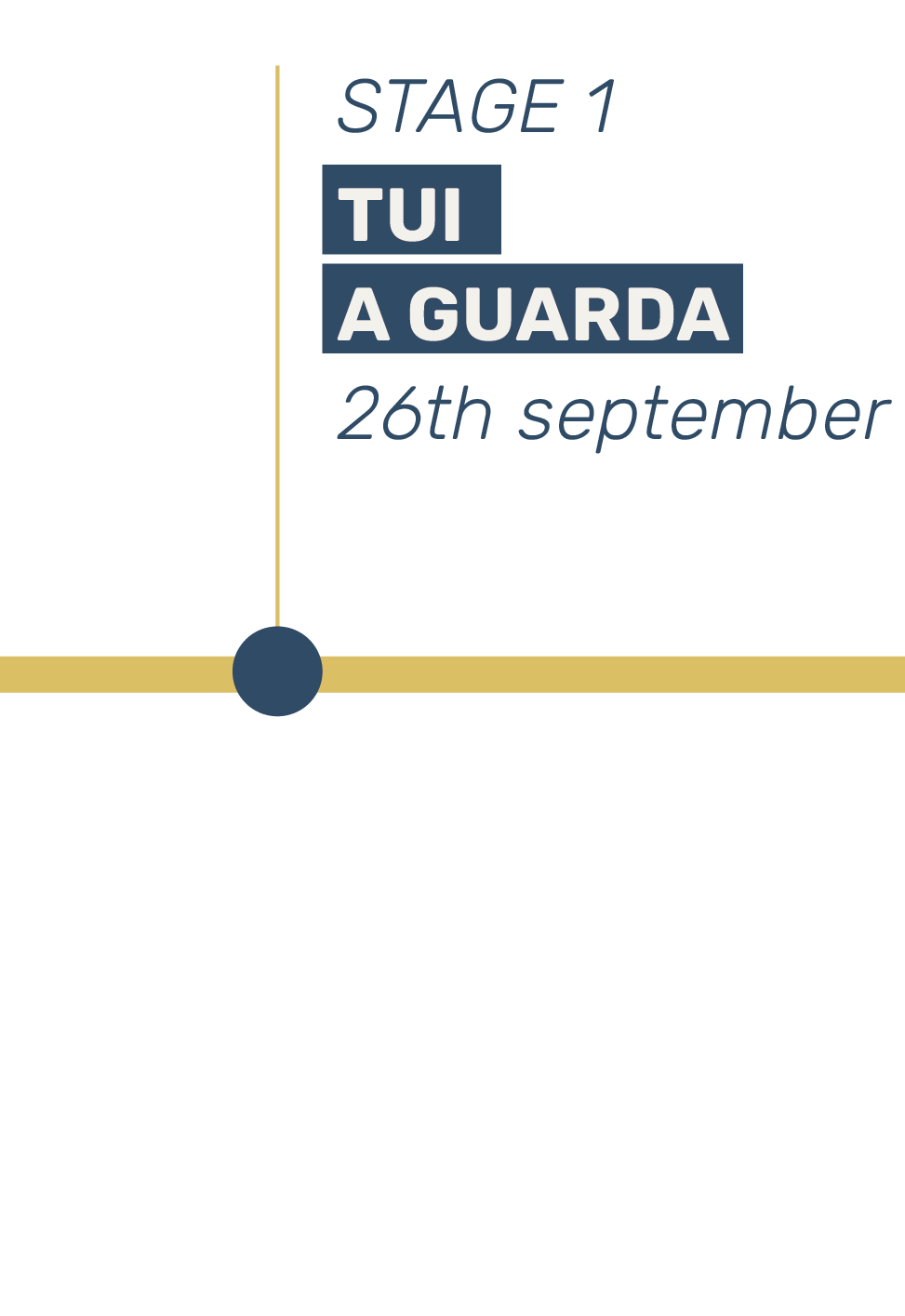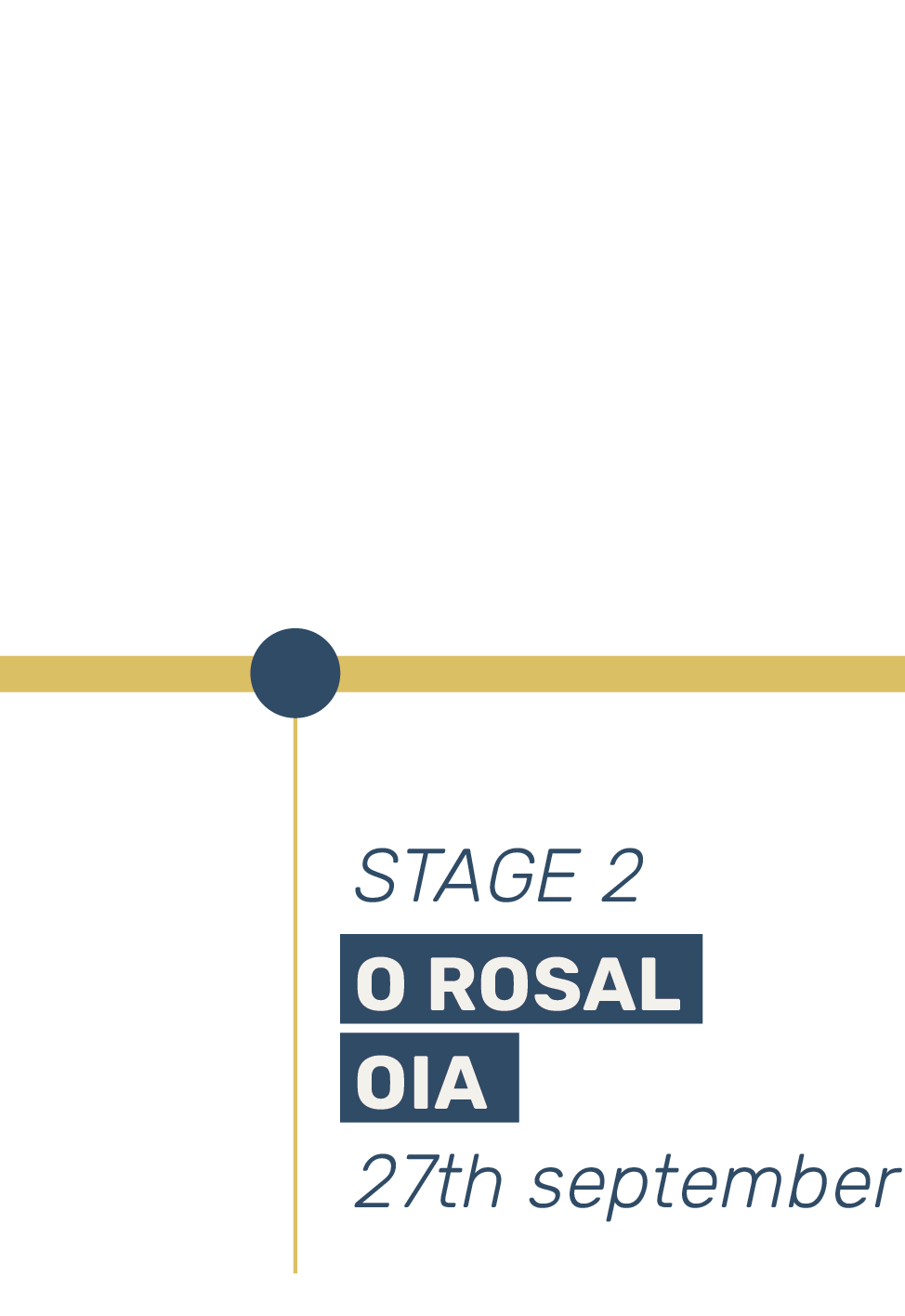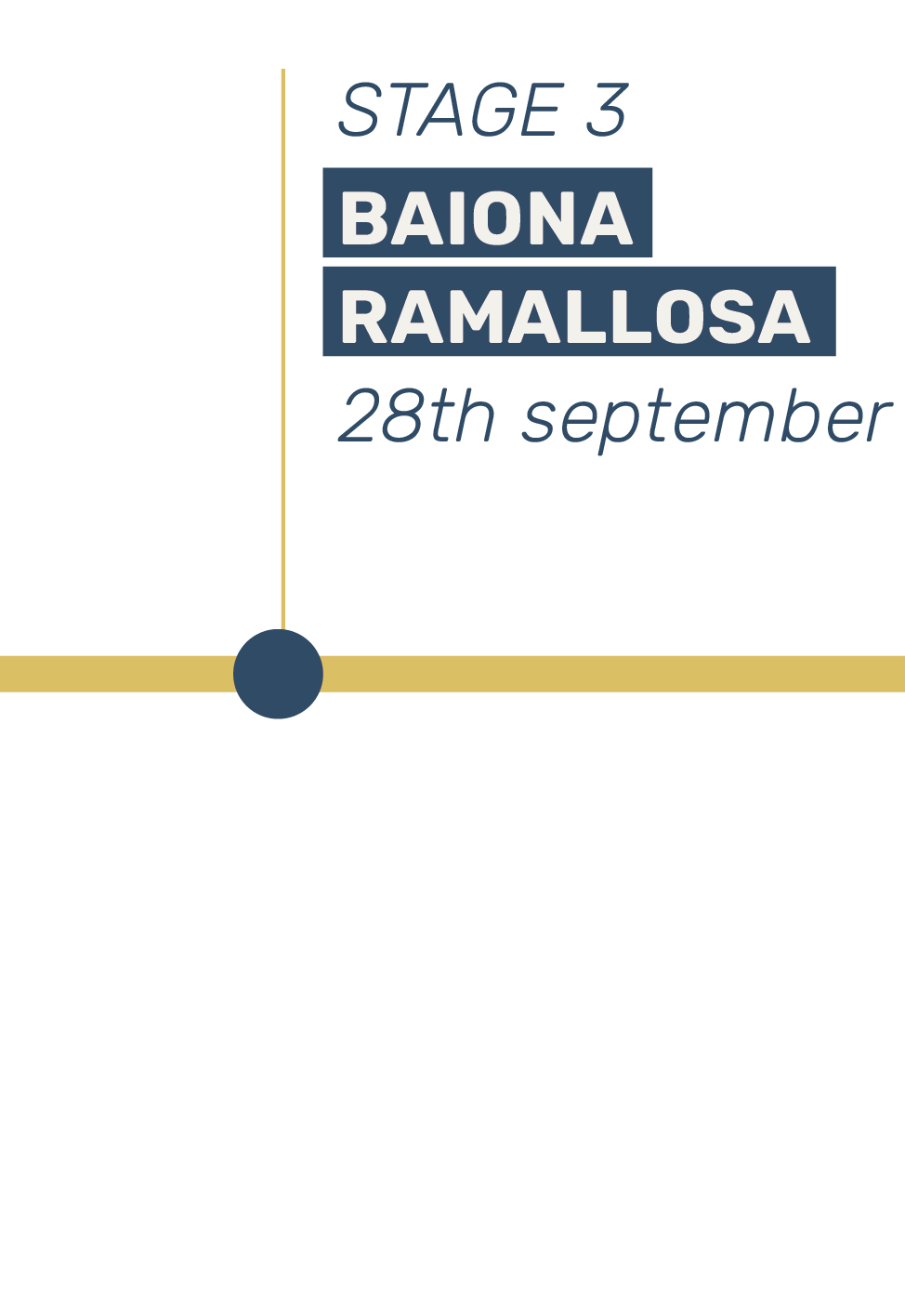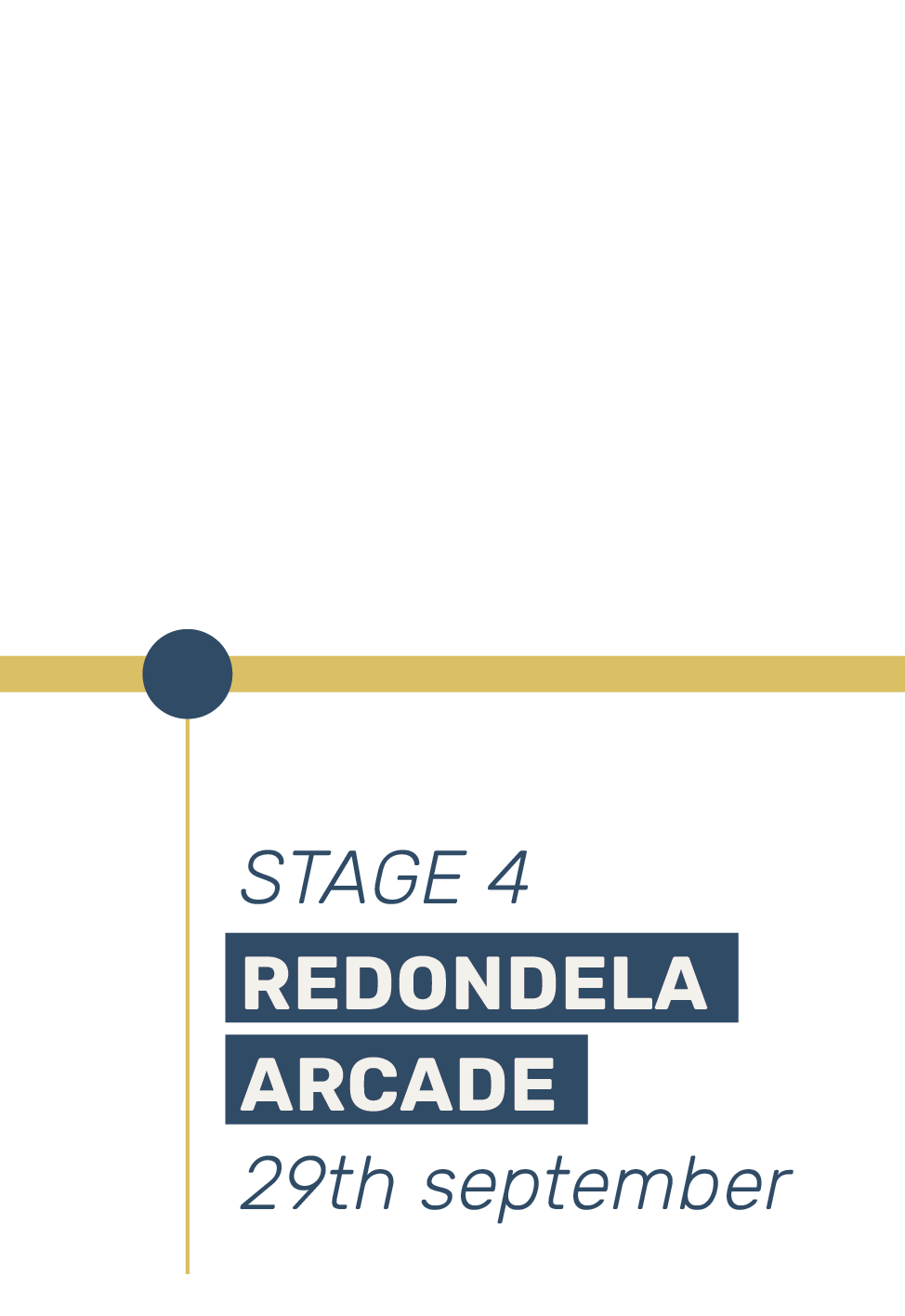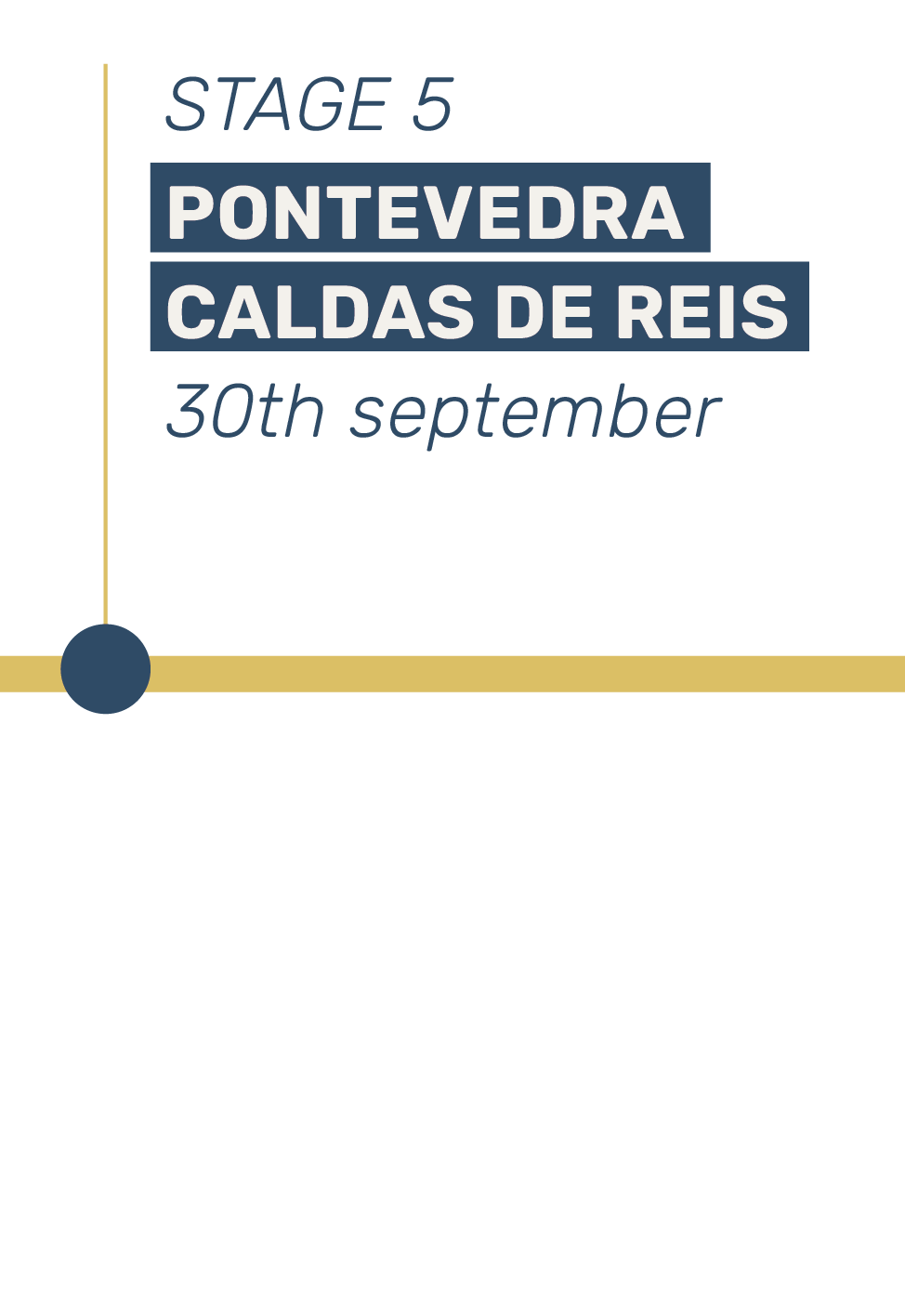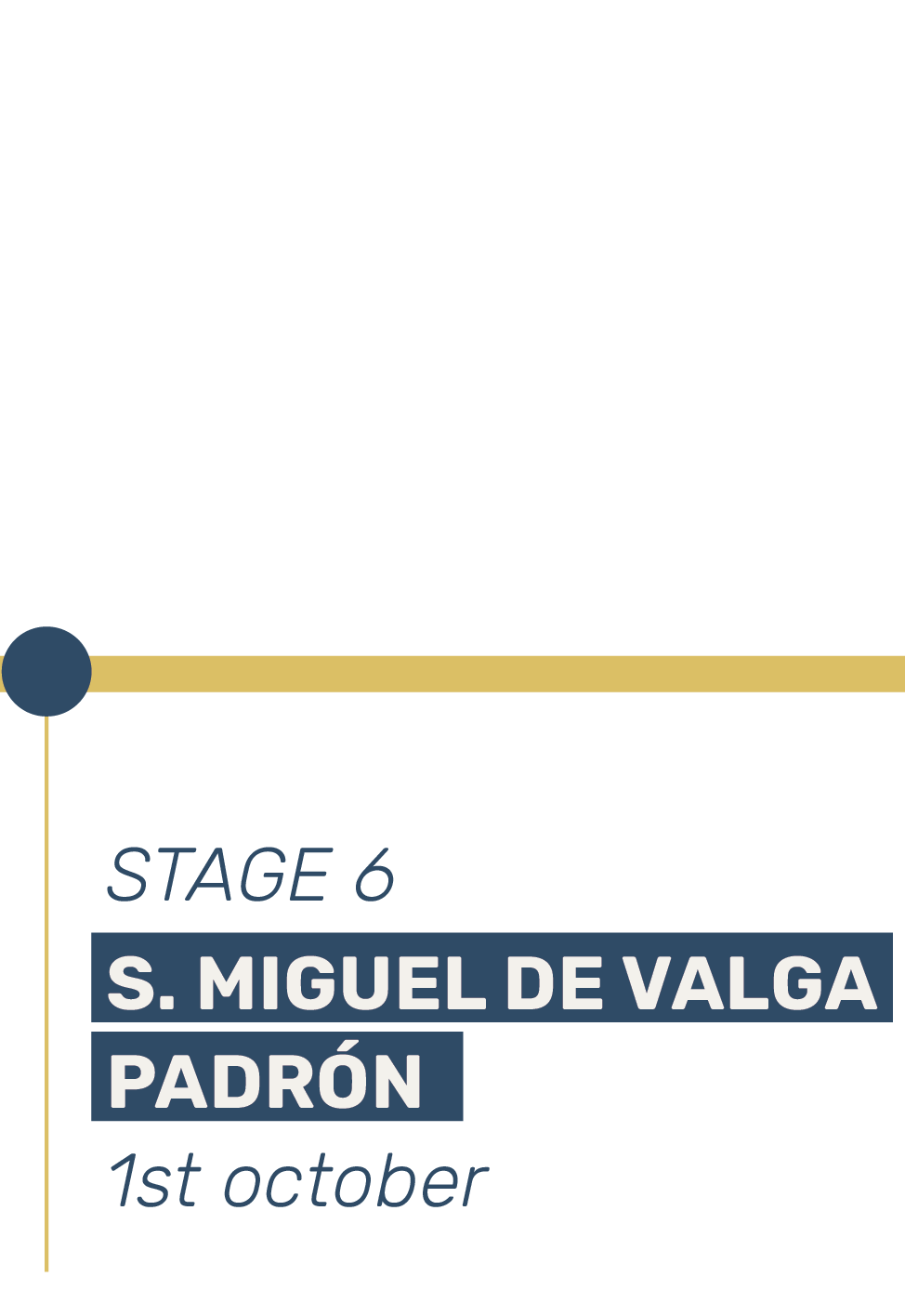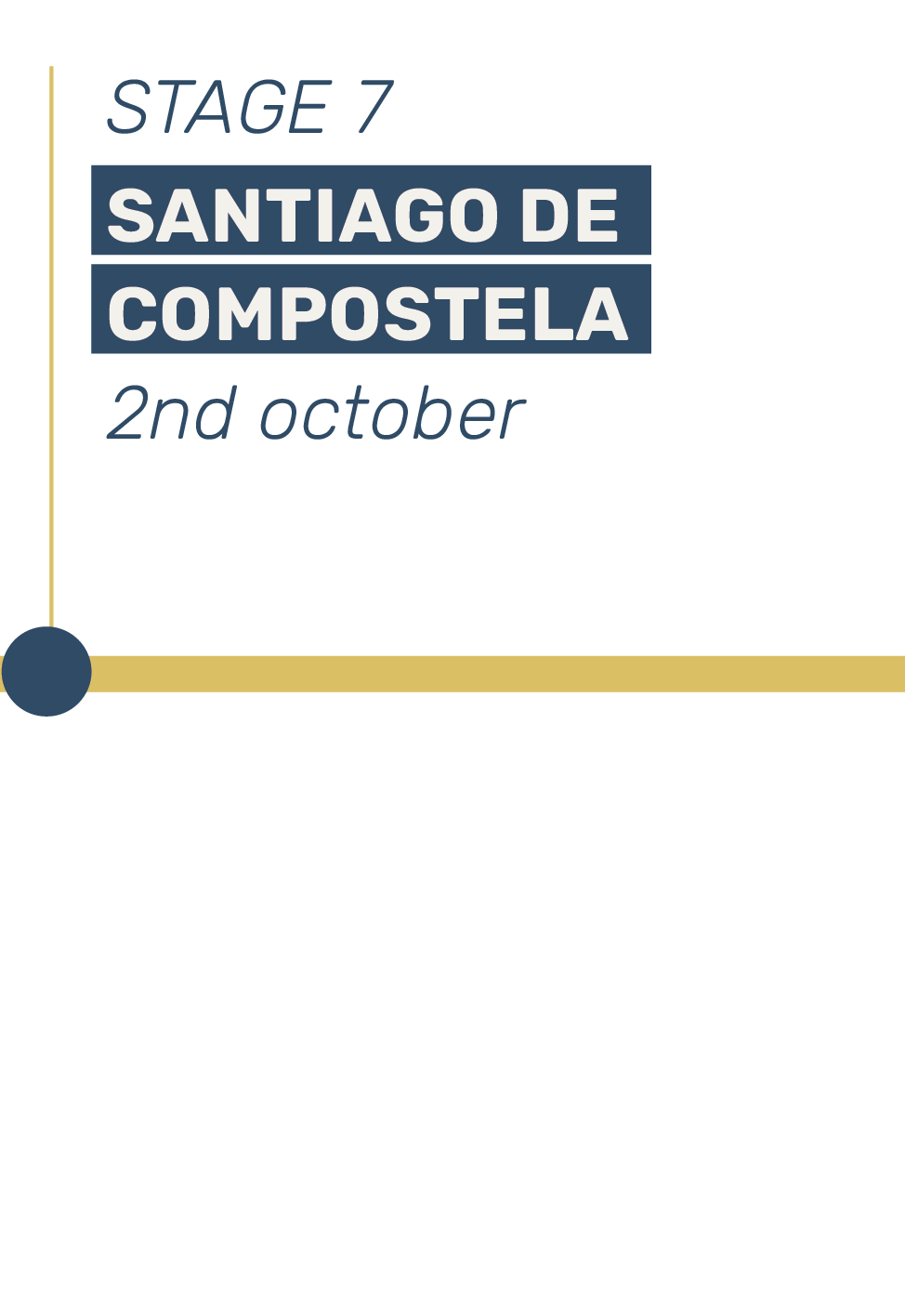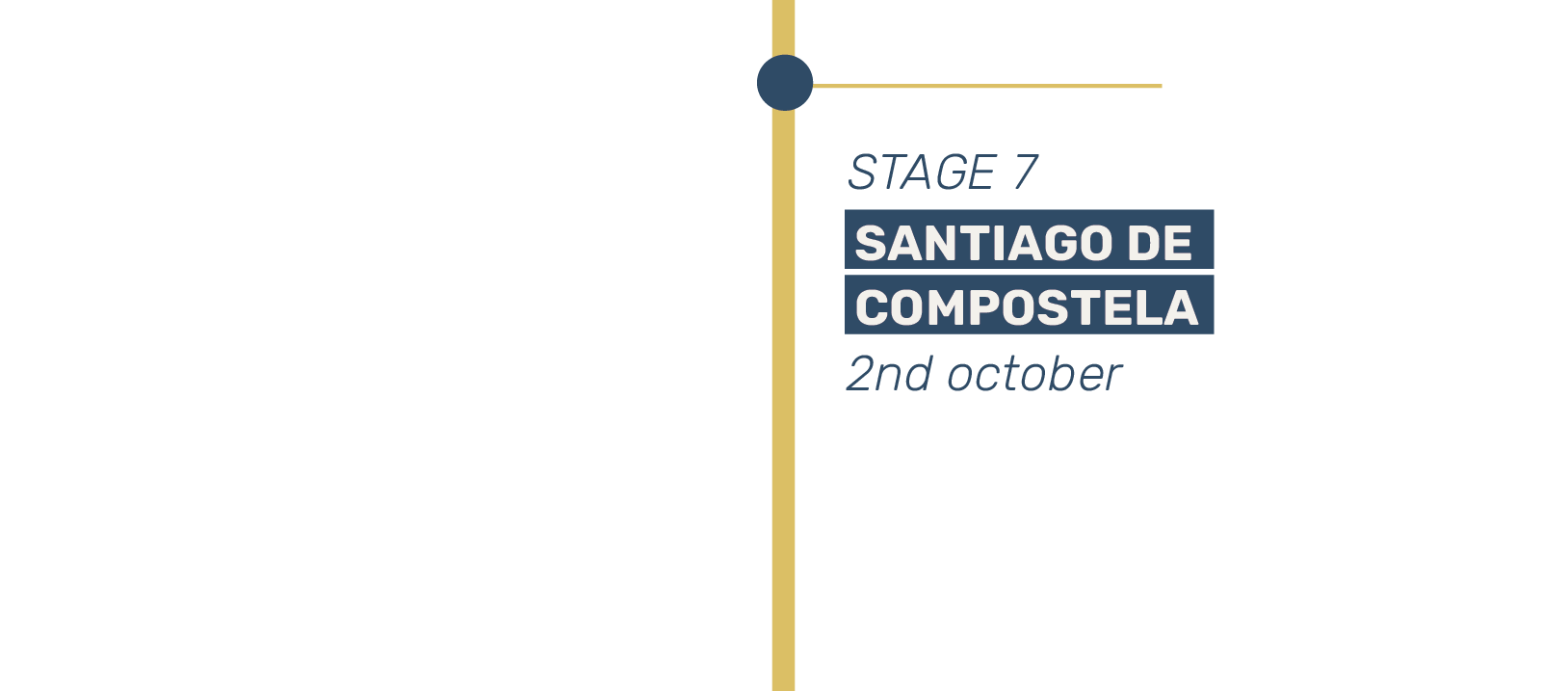Descripción del proyecto

Cephalopod mollusc with an elongated body, smaller than the common squid. It has two tentacles and eight arms on its head. The most prized are those smaller than 10 cm and caught by hand with hooks.
Its ink sac serves as protection and is also of great culinary value. Its name derives from the Latin word calamarius (inkwell).
Squid fishing is very common in Galicia, generally in the summer months.
It stands out for…
- High protein content
- High content of omega 3 fatty acids (EPA and DHA)
- Vitamins B2 and B12
- High in minerals such as phosphorus
- Source of vitamin B3 and zinc.

Cephalopod mollusc with an elongated body, smaller than the common squid. It has two tentacles and eight arms on its head. The most prized are those smaller than 10 cm and caught by hand with hooks.
Its ink sac serves as protection and is also of great culinary value. Its name derives from the Latin word calamarius (inkwell).
Squid fishing is very common in Galicia, generally in the summer months.
It stands out for…
- High protein content
- High content of omega 3 fatty acids (EPA and DHA)
- Vitamins B2 and B12
- High in minerals such as phosphorus
- Source of vitamin B3 and zinc.

Ingredients
- 1 tin of baby squid in ink
- 1 tablespoon of Hellmans mayonnaise
- Turmeric
- Sweet chilli
- Sprouts
How to prepare
1. Open the can of baby squid in ink and place on the bamboo.
2. Mix the mayonnaise with a piece of turmeric and 1 tablespoon of sweet chilli coffee.
3. Add a few sprouts per enzyme for garnish.
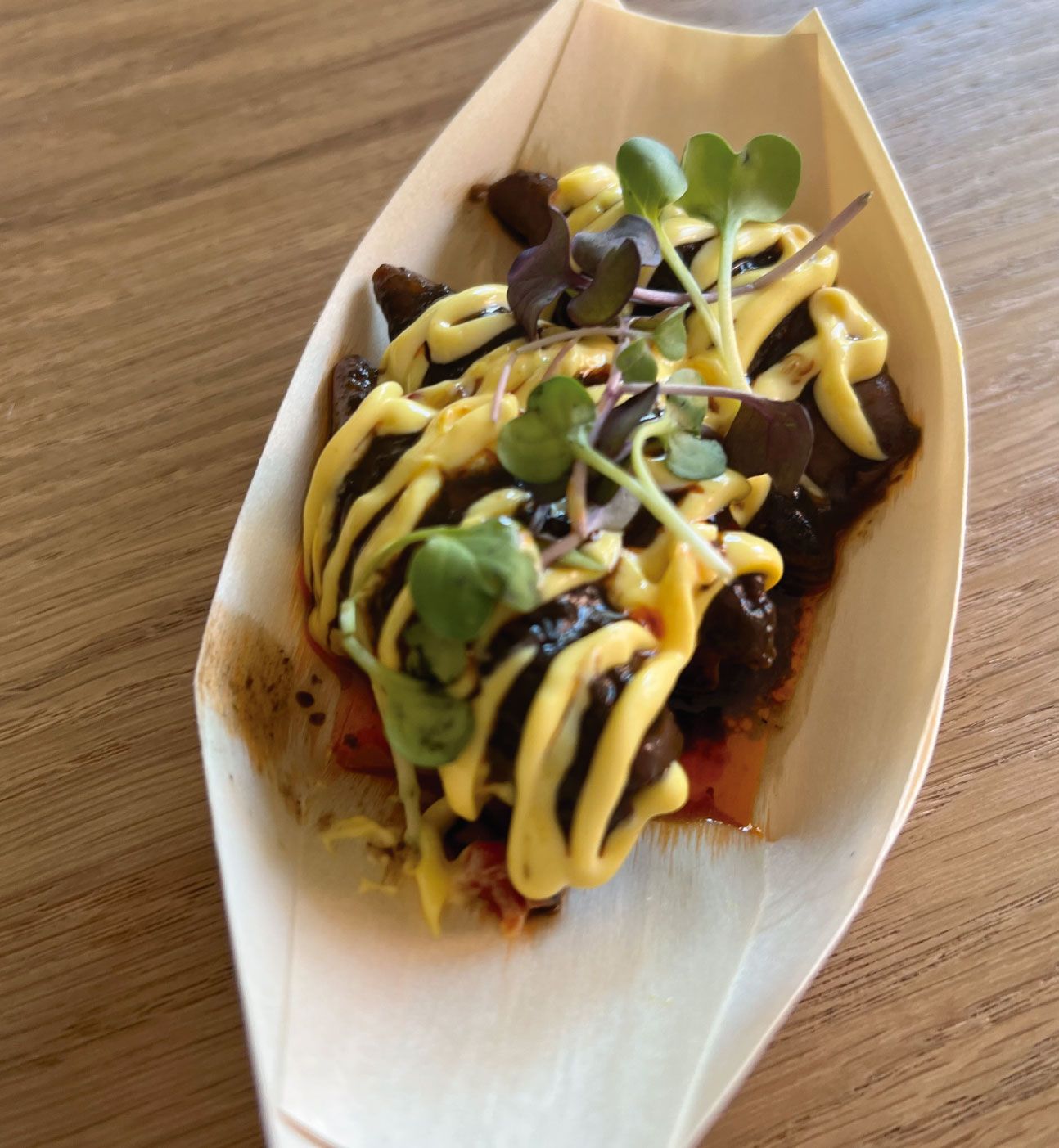

Ingredients
- 1 tin of baby squid in ink
- 1 tablespoon of Hellmans mayonnaise
- Turmeric
- Sweet chilli
- Sprouts
How to prepare
1. Open the can of baby squid in ink and place on the bamboo.
2. Mix the mayonnaise with a piece of turmeric and 1 tablespoon of sweet chilli coffee.
3. Add a few sprouts per enzyme for garnish.
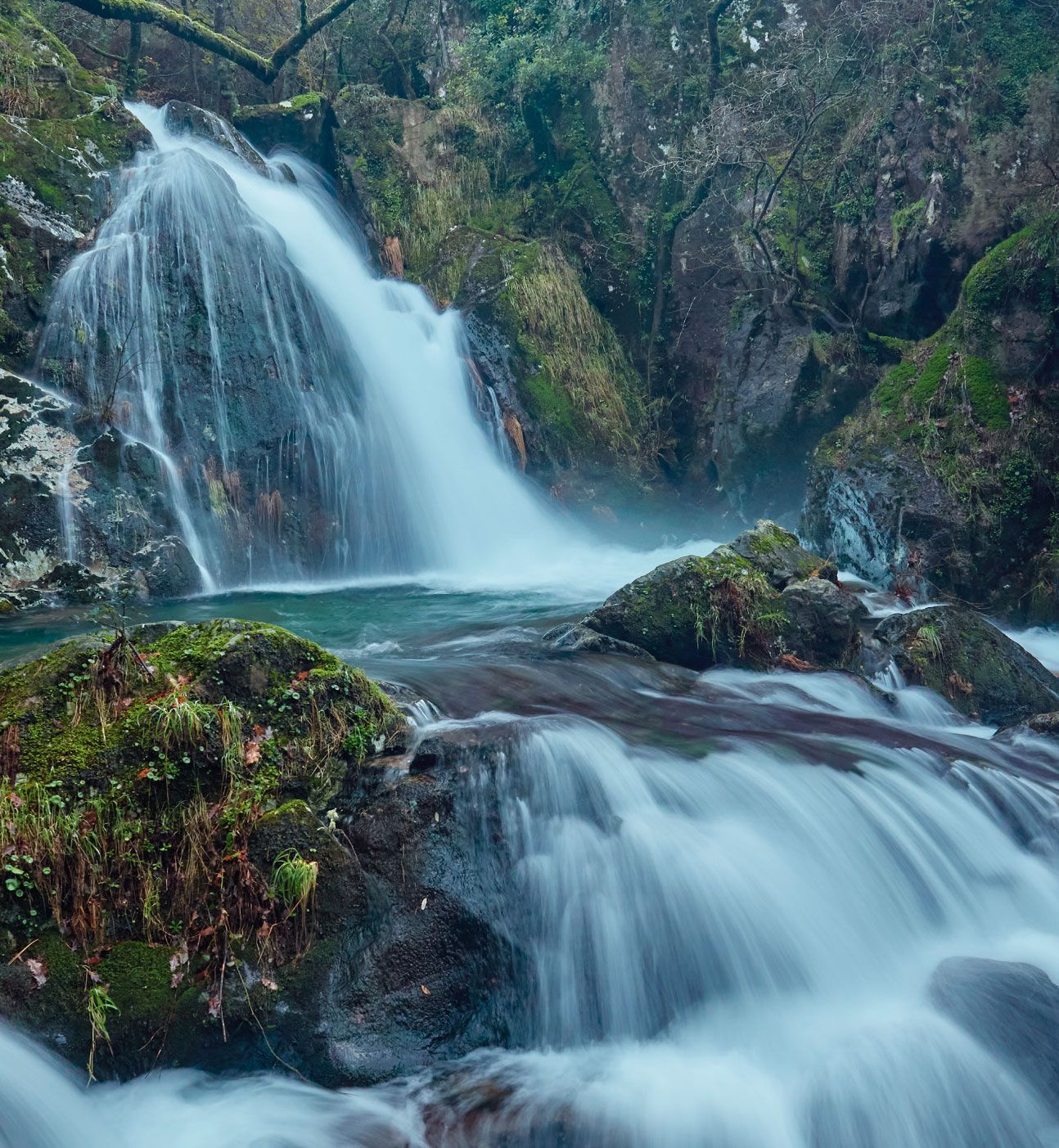

Valga is a small municipality, located in the province of Pontevedra, in the autonomous community of Galicia. Located in the Ulla-Umia region, it is made up of five parishes and has an estimated population of 6141 inhabitants.
It has a landscape of morphological contrasts, with an extensive plain in the western half framed by slopes and mountainous elevations, among which the mountains of Os Salgueiros, La Laguna and Fontebecha stand out.
The municipality’s main festivities include its patron saint festivities, in honour of San Miguel, as well as the Eel and Aguardiente festivals, whose main aim is to promote and taste these typical local products.
3 things to see in San Miguel de Valga
1. Church of San Miguel: Neoclassical style building, built in 1750. It has a rectangular floor plan, a single nave, apse and side chapel.
2. Church of Xanza: Romanesque temple built by the archbishop Xelmírez in the 11th century. It underwent many transformations and its Romanesque configuration has been largely lost.
3. Raxoi waterfall. River Valga: A route with mills, footbridges and magical surroundings. The vigour of the river Valga seeps between the rocks and the moss-covered trunks that occupy its bed.

Valga is a small municipality, located in the province of Pontevedra, in the autonomous community of Galicia. Located in the Ulla-Umia region, it is made up of five parishes and has an estimated population of 6141 inhabitants.
It has a landscape of morphological contrasts, with an extensive plain in the western half framed by slopes and mountainous elevations, among which the mountains of Os Salgueiros, La Laguna and Fontebecha stand out.
The municipality’s main festivities include its patron saint festivities, in honour of San Miguel, as well as the Eel and Aguardiente festivals, whose main aim is to promote and taste these typical local products.
3 things to see in San Miguel de Valga
1. Church of San Miguel: Neoclassical style building, built in 1750. It has a rectangular floor plan, a single nave, apse and side chapel.
2. Church of Xanza: Romanesque temple built by the archbishop Xelmírez in the 11th century. It underwent many transformations and its Romanesque configuration has been largely lost.
3. Raxoi waterfall. River Valga: A route with mills, footbridges and magical surroundings. The vigour of the river Valga seeps between the rocks and the moss-covered trunks that occupy its bed.

If you are walking the Camino de Santiago or are planning to do so soon, you should know that the distance between Caldas de Reis and Santiago de Compostela is 43 kilometres.
For many, Padrón is synonymous with peppers. If you are not familiar with the subject, I will tell you that they are small, green peppers and, as the saying goes, «Padrón peppers, some are hot and some are not».
3 things to see in Padrón
1. Church of Santiago: The importance of Padrón in the Xacobean Way is vital. Legend has it that the first place where the remains of the Apostle St. James arrived by boat after leaving Palestine was Padrón.
2. House Museum of Rosalía de Castro: In 1837 one of the most important writers of Galician literature was born here, the poetess and novelist Rosalía de Castro, the driving force behind the Galician Revival.
3. Bridge of Santiago: This stone bridge links the old town with the Trabanca area. The current bridge dates from 1852 and is the reconstruction of another medieval bridge that was destroyed by the flooding of the river in 1846.
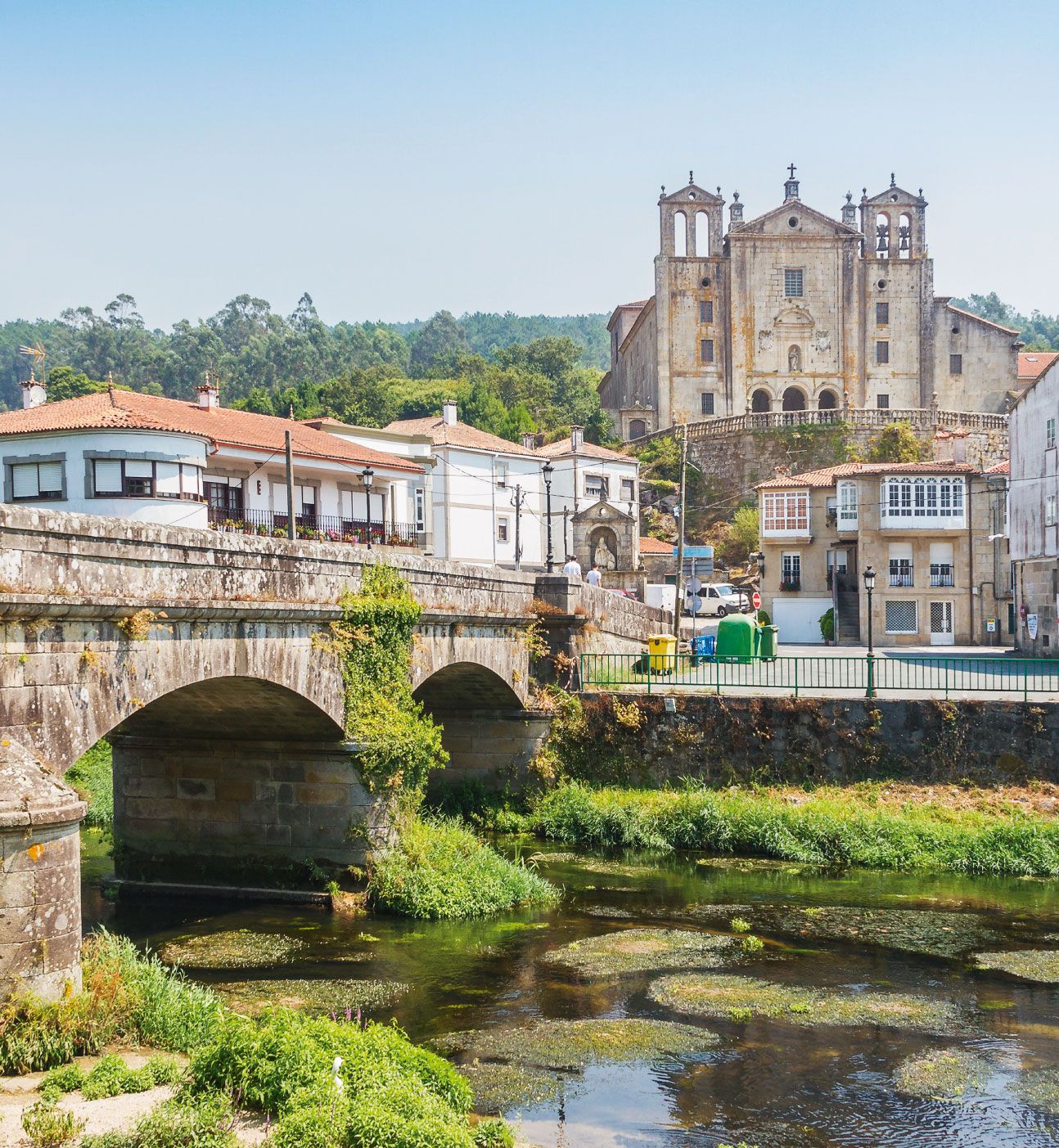

If you are walking the Camino de Santiago or are planning to do so soon, you should know that the distance between Caldas de Reis and Santiago de Compostela is 43 kilometres.
For many, Padrón is synonymous with peppers. If you are not familiar with the subject, I will tell you that they are small, green peppers and, as the saying goes, «Padrón peppers, some are hot and some are not».
3 things to see in Padrón
1. Church of Santiago: The importance of Padrón in the Xacobean Way is vital. Legend has it that the first place where the remains of the Apostle St. James arrived by boat after leaving Palestine was Padrón.
2. House Museum of Rosalía de Castro: In 1837 one of the most important writers of Galician literature was born here, the poetess and novelist Rosalía de Castro, the driving force behind the Galician Revival.
3. Bridge of Santiago: This stone bridge links the old town with the Trabanca area. The current bridge dates from 1852 and is the reconstruction of another medieval bridge that was destroyed by the flooding of the river in 1846.


